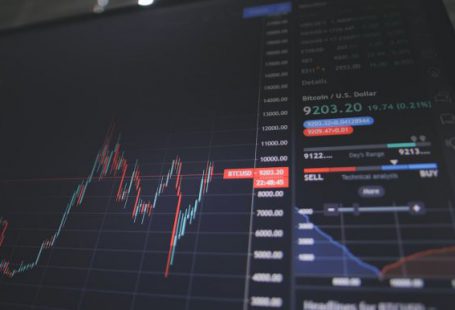The stock market is a complex and ever-changing entity that can be difficult to navigate. Investors are constantly looking for ways to gain an edge and make informed decisions about their investments. One tool that has gained popularity in recent years is predictive analysis. This method uses historical data and statistical algorithms to forecast future stock prices. In this article, we will explore the concept of predictive analysis and its application in the stock market.
Understanding Predictive Analysis
Predictive analysis is a branch of data analytics that aims to make predictions about future outcomes based on historical data. It involves analyzing patterns, trends, and relationships in data to identify potential future events. In the context of the stock market, predictive analysis uses historical stock prices, trading volumes, and other relevant data to forecast future stock prices.
The Role of Machine Learning
Machine learning plays a crucial role in predictive analysis. It involves training computer algorithms to recognize patterns and make predictions based on large amounts of data. In the stock market, machine learning algorithms can analyze vast amounts of historical data to identify patterns and trends that may not be apparent to human analysts. These algorithms can then use these patterns to make predictions about future stock prices.
The Importance of Data
The accuracy of predictive analysis in the stock market relies heavily on the quality and quantity of data available. Historical stock prices, trading volumes, and other financial indicators are crucial for training machine learning algorithms. Additionally, the more data that is available, the better the predictions are likely to be. This is because more data allows for more accurate identification of patterns and trends.
Limitations of Predictive Analysis
While predictive analysis can be a powerful tool, it is not without its limitations. One of the main challenges is the unpredictability of the stock market. External factors such as economic conditions, political events, and natural disasters can significantly impact stock prices and render historical data less useful. Additionally, the accuracy of predictions decreases the further into the future they go. Therefore, predictive analysis is most effective when used for short-term forecasting rather than long-term predictions.
The Role of Human Judgment
While machine learning algorithms can analyze vast amounts of data and identify patterns, human judgment is still essential in the stock market. Predictive analysis should be used as a tool to inform decision-making rather than replacing human judgment altogether. Experienced investors can use the insights provided by predictive analysis to make more informed decisions about buying or selling stocks.
The Future of Predictive Analysis
As technology continues to advance, predictive analysis in the stock market is likely to become even more sophisticated. Machine learning algorithms will become more accurate and efficient at identifying patterns and making predictions. Additionally, the availability of big data and advancements in computing power will allow for more in-depth analysis and more accurate predictions.
In conclusion, predictive analysis is a powerful tool that can help investors make more informed decisions in the stock market. By analyzing historical data and using machine learning algorithms, predictive analysis can forecast future stock prices with a certain degree of accuracy. However, it is important to recognize the limitations of predictive analysis and to use it in conjunction with human judgment. As technology continues to advance, predictive analysis is likely to play an increasingly important role in the stock market.





